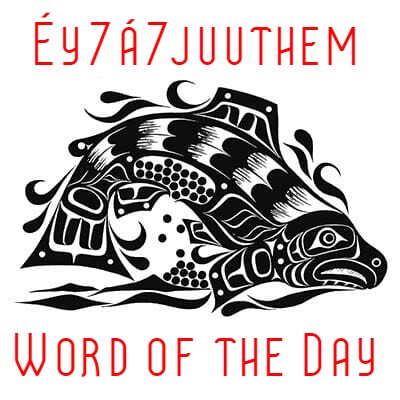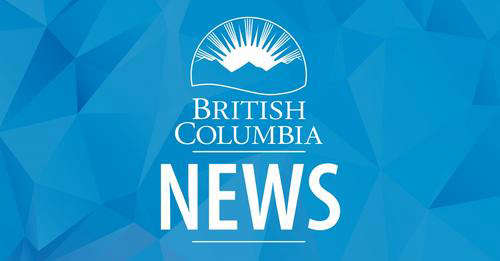
The province has announced the latest projects receiving funding through active transportation grants, with $24 million being spent for this intake period supporting 80 active transportation infrastructure projects in communities throughout British Columbia.
The grants help local governments plan and build improved connections to work, school and recreational centres, and create infrastructure in communities to support active modes of transportation.
People will have more opportunities to enjoy multi-use pathways, protected bike lanes, pedestrian bridges and safety improvements as local, regional and Indigenous governments expand their active transportation infrastructure.
The Active Transportation Infrastructure Grants program funds Indigenous, local and regional governments with cost-sharing investments of as much as $500,000 for infrastructure projects, and as much as $50,000 to develop active transportation network plans.
The Strathcona Regional District is getting $50,000 for Electoral Area C, which will include site assessments and data collection for an implementation plan.
Area C Director Robyn Mawhinney says having a plan is the first step to enhancing active transportation routes and supporting residents who walk & ride.
“The plan will identify community active transportation needs, along with priorities for implementation. Community consultation is included in the planning process. I’m looking forward to completion of this plan and starting the work of improving active transportation routes.”
To learn more, visit Government of British Columbia.
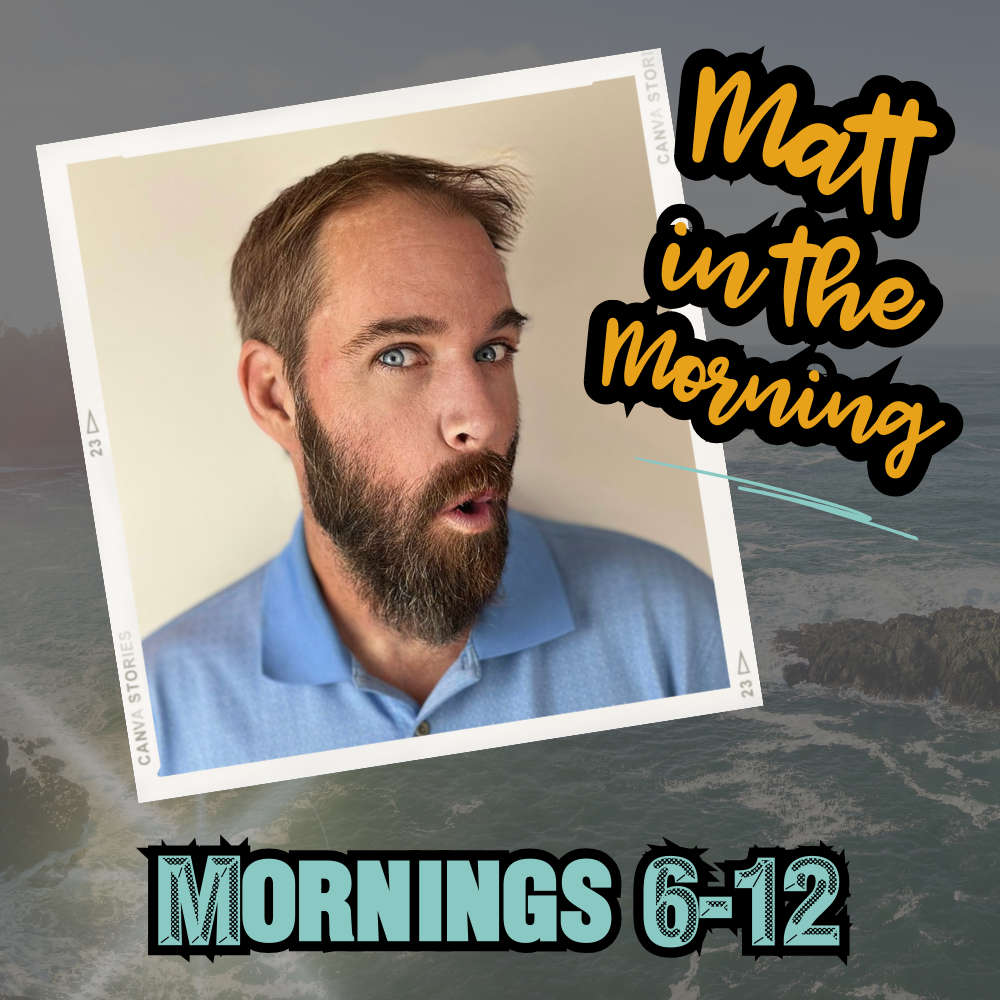
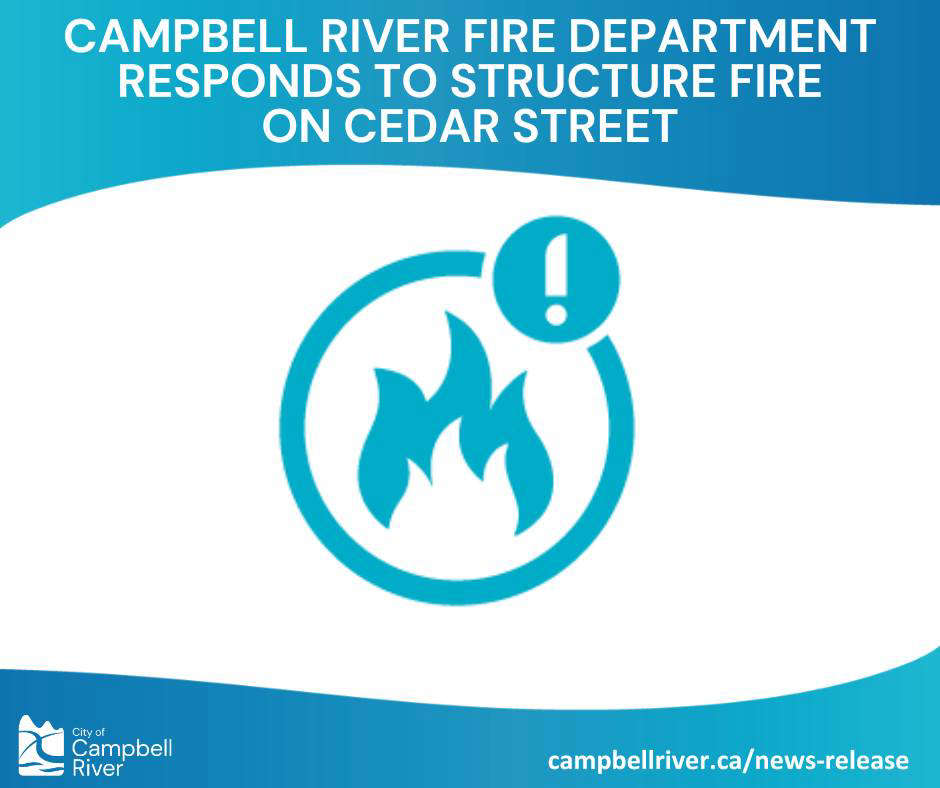 Campbell River Fire Department Responds To Structure Fire On Cedar Street
Campbell River Fire Department Responds To Structure Fire On Cedar Street
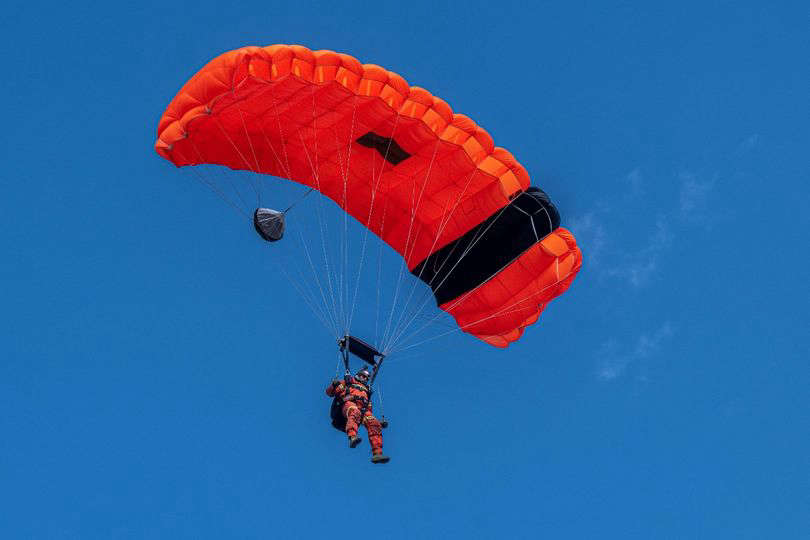 Parachute Training Taking Place At 19 Wing Comox
Parachute Training Taking Place At 19 Wing Comox
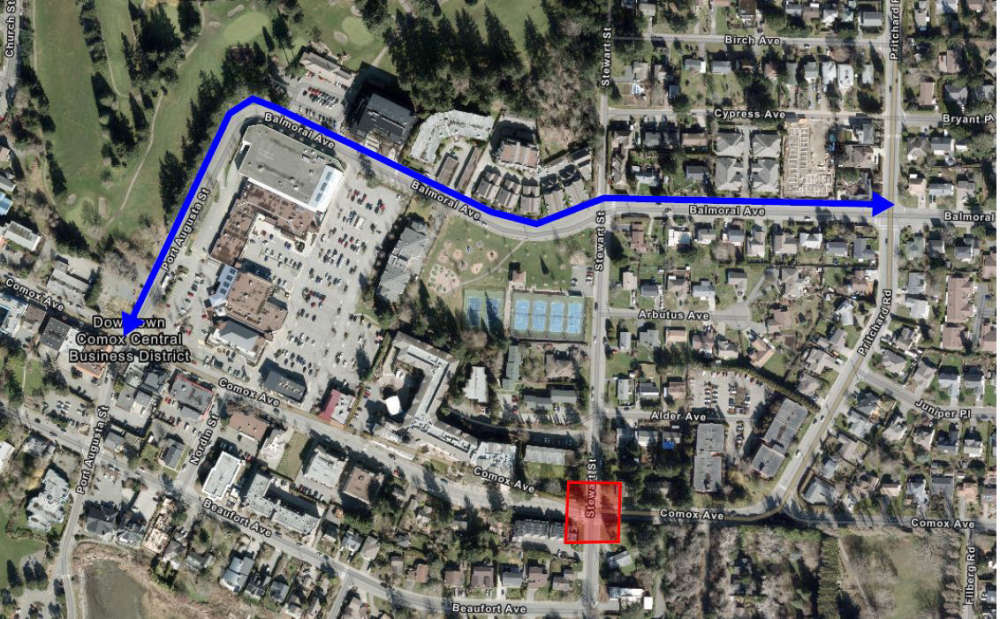 Road Closure In Comox This Week
Road Closure In Comox This Week
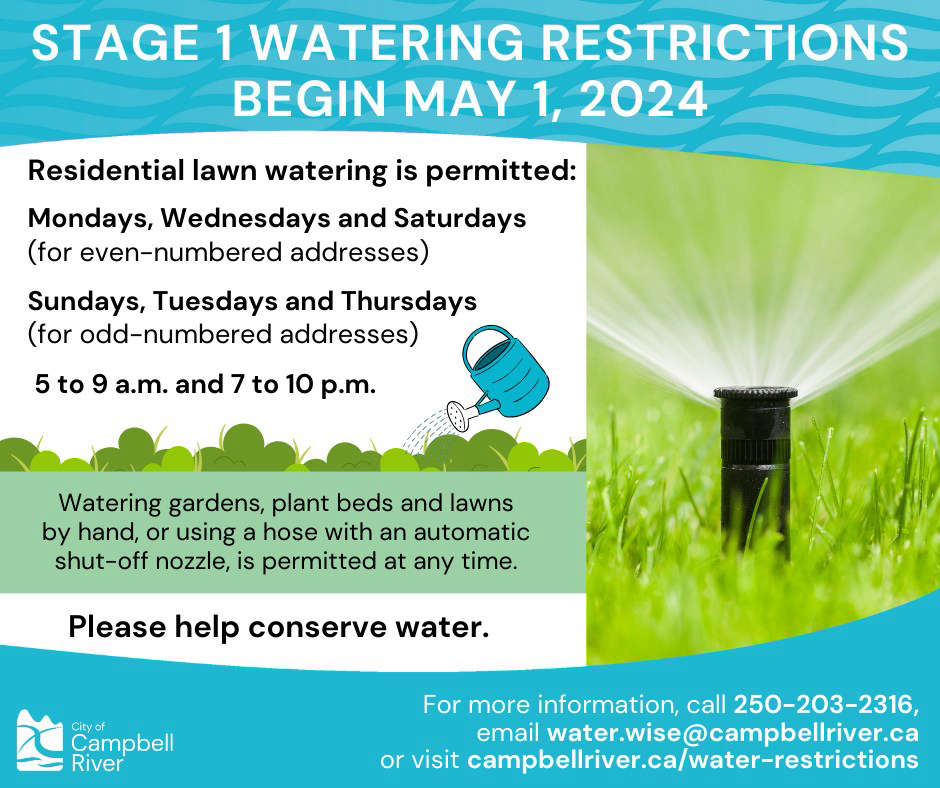 More Watering Restrictions Coming This Week
More Watering Restrictions Coming This Week
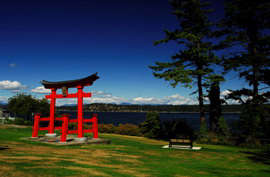 City Of Campbell River Team Heading To Delegation In Japan This Fall
City Of Campbell River Team Heading To Delegation In Japan This Fall
